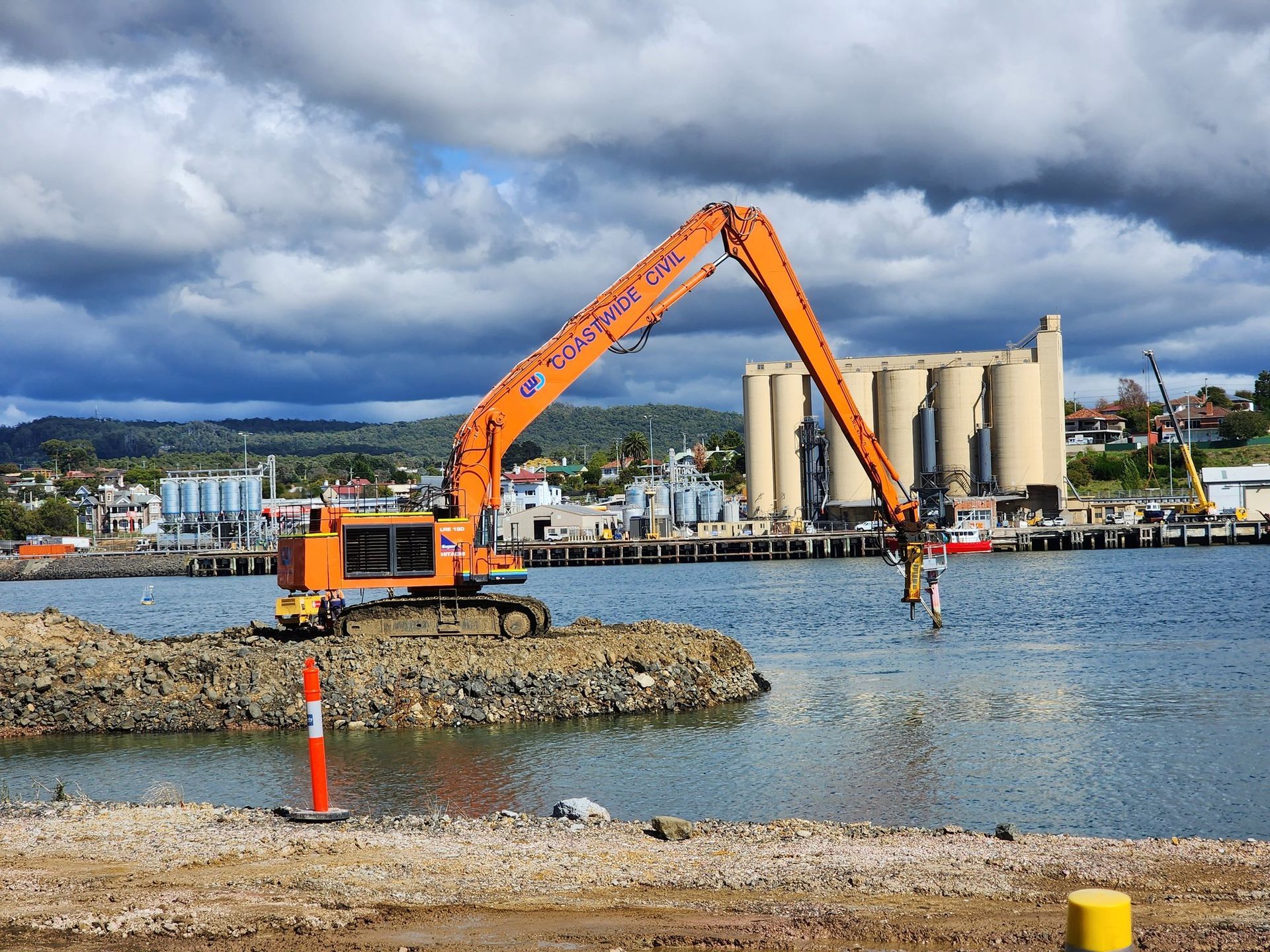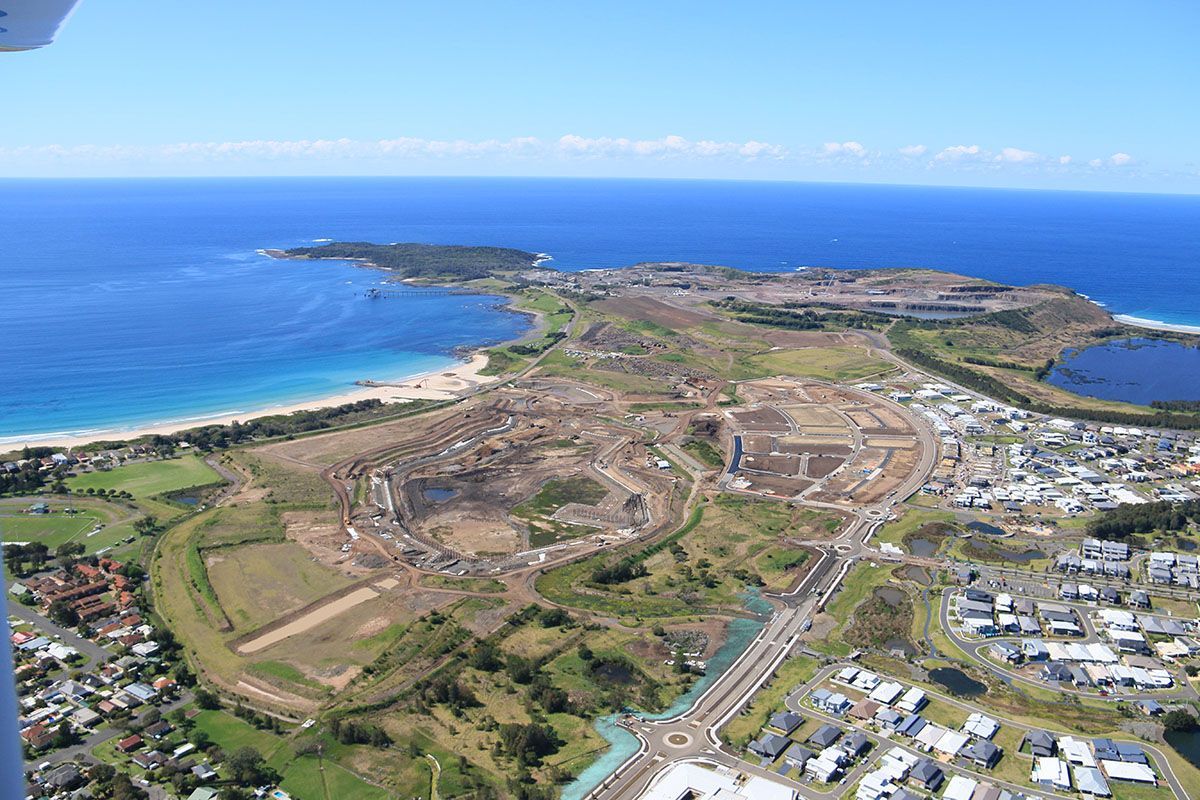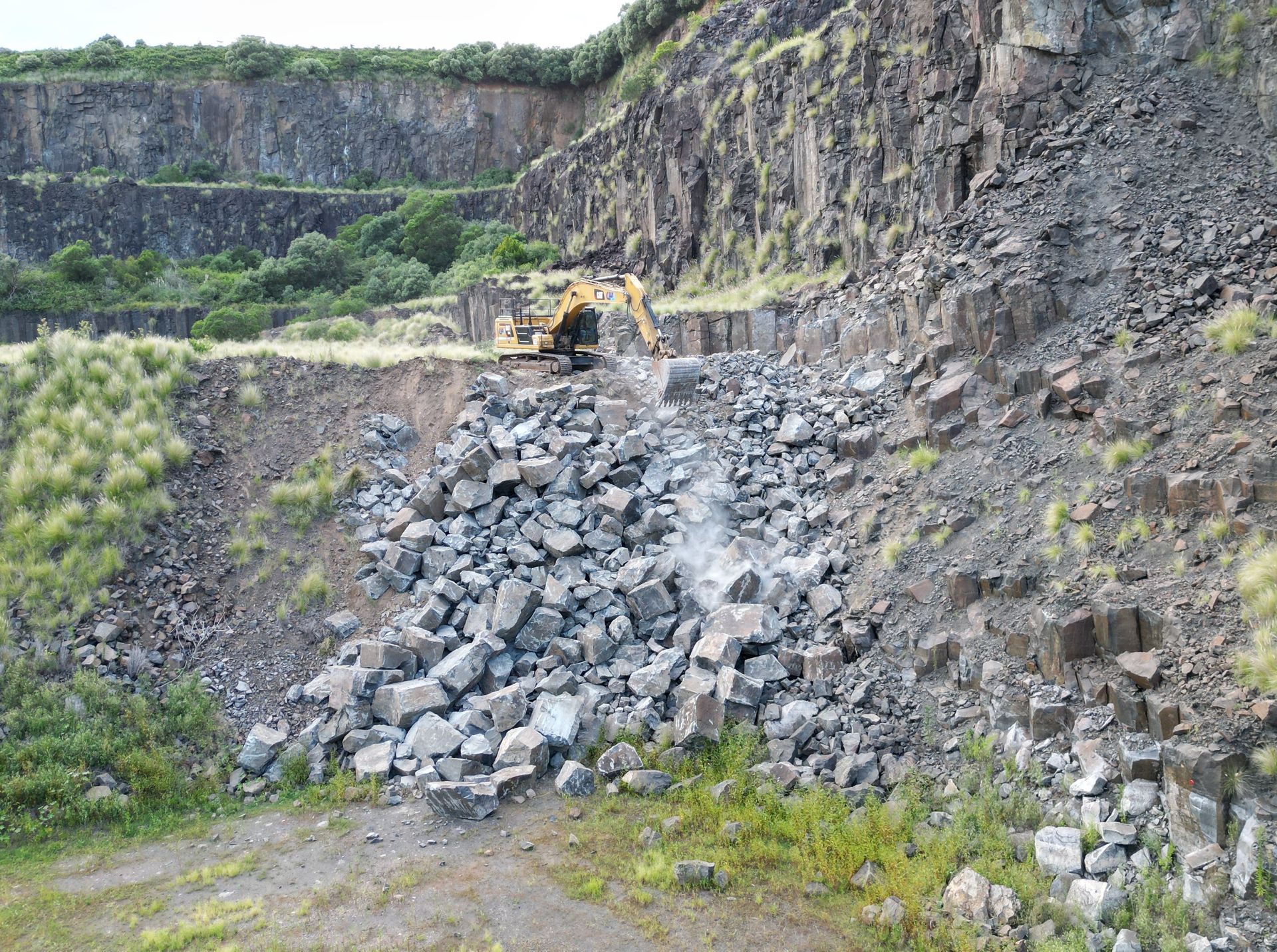Five Methods of Effective Land Reclamation
As sea levels continue to rise and the demand for functional coastal infrastructure grows, land reclamation has become an essential means of expanding and developing coastal areas. By reclaiming land from the sea, we not only create valuable space but also protect our coastal regions from the potential risks associated with rising tides.
In this blog, we’ll provide you with a straightforward overview of the five main techniques commonly used in coastal land reclamation projects, which not only enable the creation of reclaimed lands for agricultural use but also facilitate coastal development for a range of civil works purposes.
1: Beach Nourishment
Beach nourishment is a popular technique for coastal land reclamation. Using this method, sand or sediment is deposited onto eroding beaches or shorelines, effectively increasing the landmass, which helps to create more space for coastal development and acts as a buffer against rising sea levels.
2: Dredging and Filling
Dredging and fill works are a versatile method used in land reclamation projects, which involves the removal of sediment or material from one area, typically the seabed, and its placement in another. This method allows for the precise shaping of reclaimed land to suit various purposes, such as agricultural or infrastructure development.





